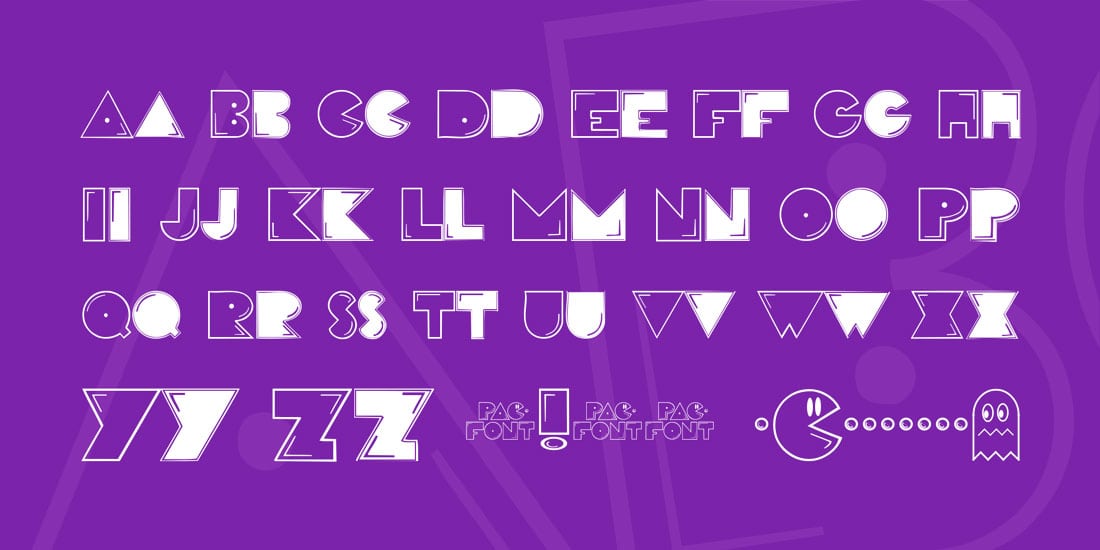

Make sure that the fill color is white or gray and that the outline color is set to transparent. Use the pen tool to draw a straight line across the top of the image. To hide a layer, click on the eye icon to the left of the layer name. While you do this, you can hide the layer that contains the white box so that you can see what your final image will look like. Move the copied portion to the left or right to create a broken glitch effect. Select all of the layers then go to Object > Clipping Mask > Make.Ĭopy the top portion (the non-white part) of the image and paste onto the artboard. The rectangle should be as wide as the background and as short as you like-the bottom of the rectangle is where the distortion will appear. Once you are happy with the adjustments that you’ve made, you can make an additional type of distortion using a clipping mask.ĭraw a rectangle over part of the image (the color of the rectangle does not matter). Draw a Rectangle and Make a Clipping Mask

You can also click and drag the handles to the left and right to create a different type of distortion. Use the left and right arrow keys to distort. To gain more control, click on an anchor on one side of the image then Shift + click on the corresponding anchor on the other side. Go to Object > Envelope Distort > Make with Top Object.Ĭlick and drag the boxes of the mesh to distort the image. Select the rectangle layer and the group you made from the background and text. We only used 1 column since we needed the distortions to go across the width of the entire image.Īccess the best video tips, design hacks, and deals straight to your inbox. A menu will pop up prompting you to enter the number of columns and rows that you want.įor this tutorial, we chose 20 rows and 1 column to allow us to make distortions with smaller portions of the image. With only the rectangle selected, go to Object > Create Gradient Mesh. Select both the text layer and the background layer ( Command/Ctrl + click) then go to Object > Group (or hit Command/Ctrl + G on your keyboard).ĭraw a rectangle the size of the background image. Go to the Type menu to edit the font and size. Select the text icon and type anywhere on the artboard. Select your background photo and open it in Illustrator. Plus, this distorted effect instantly adds a vintage feel to whatever artwork you’re creating without overpowering the image. This tactic extends into the realms of advertising, art, and even logos, making it perfect for pairing with stock images. So if you want to create a mysterious, foreboding still image-or channel some throwback nostalgia-simply imitate the VHS glitch in your Adobe Illustrator design. Nostalgia for the 80s and 90s is at an all-time peak, which means this simulated old school visual effect is potential marketing gold. All in all, the Token Creepy Video is meant to cause goosebumps and prepare audiences for more trouble ahead.īut the influence of this effect extends well beyond movies and TV. You’ll see lines across the screen and some glitches in the video-unwanted interruptions that set a dramatic tone. Whether it’s for nostalgia or an investigation, this effect often foreshadows something sinister.
#80s typeface tutorial tv
Maybe there’s a better name for this, but we’re talking about the glitchy screen on old home movies that show up in movies and TV shows, usually because someone in the home video has gone missing. VHS has come and gone, but it has left its mark in a surprising way-the Token Creepy Video, or that analog distorted screen effect synonymous with old VHS tapes.


 0 kommentar(er)
0 kommentar(er)
